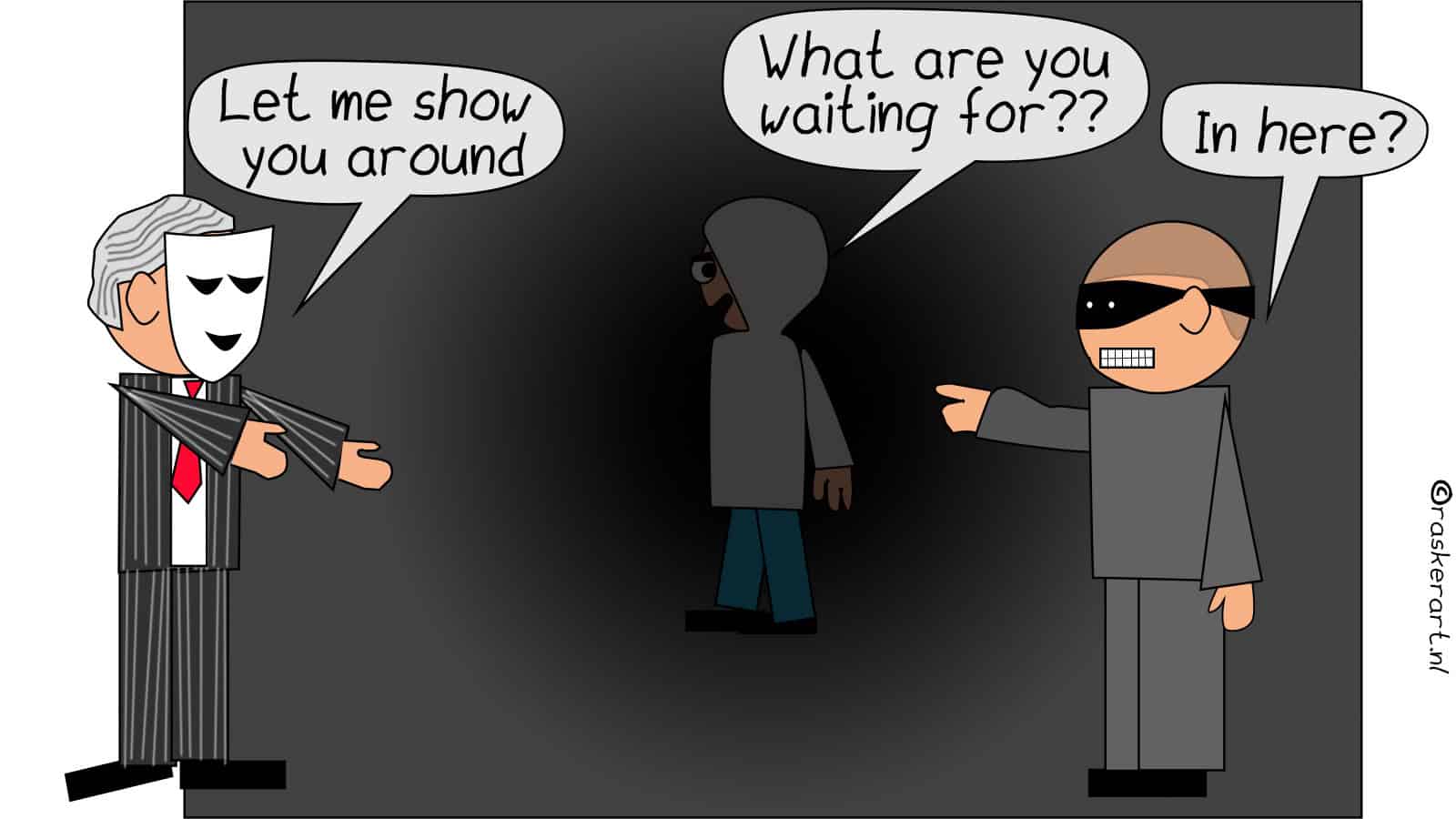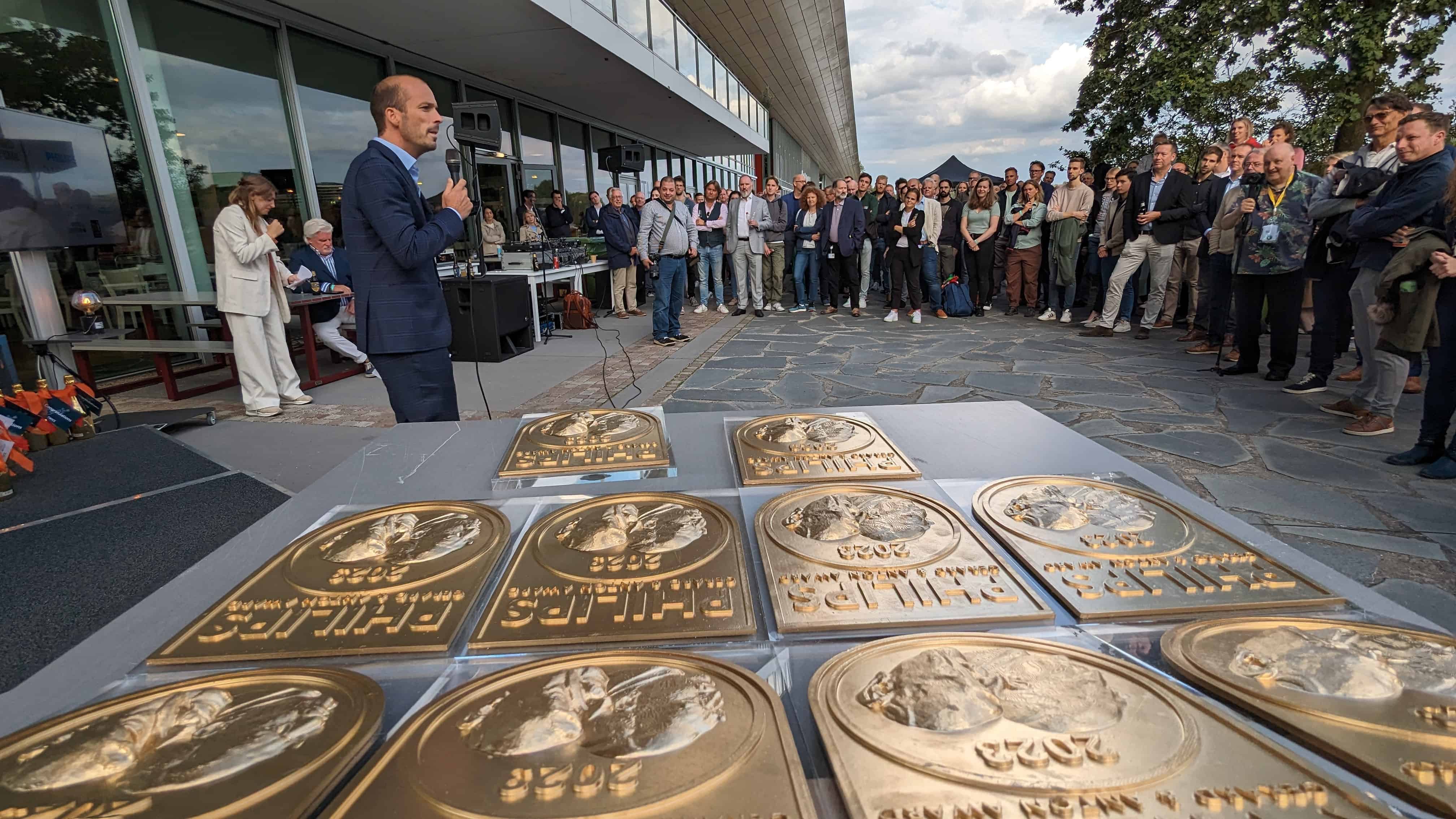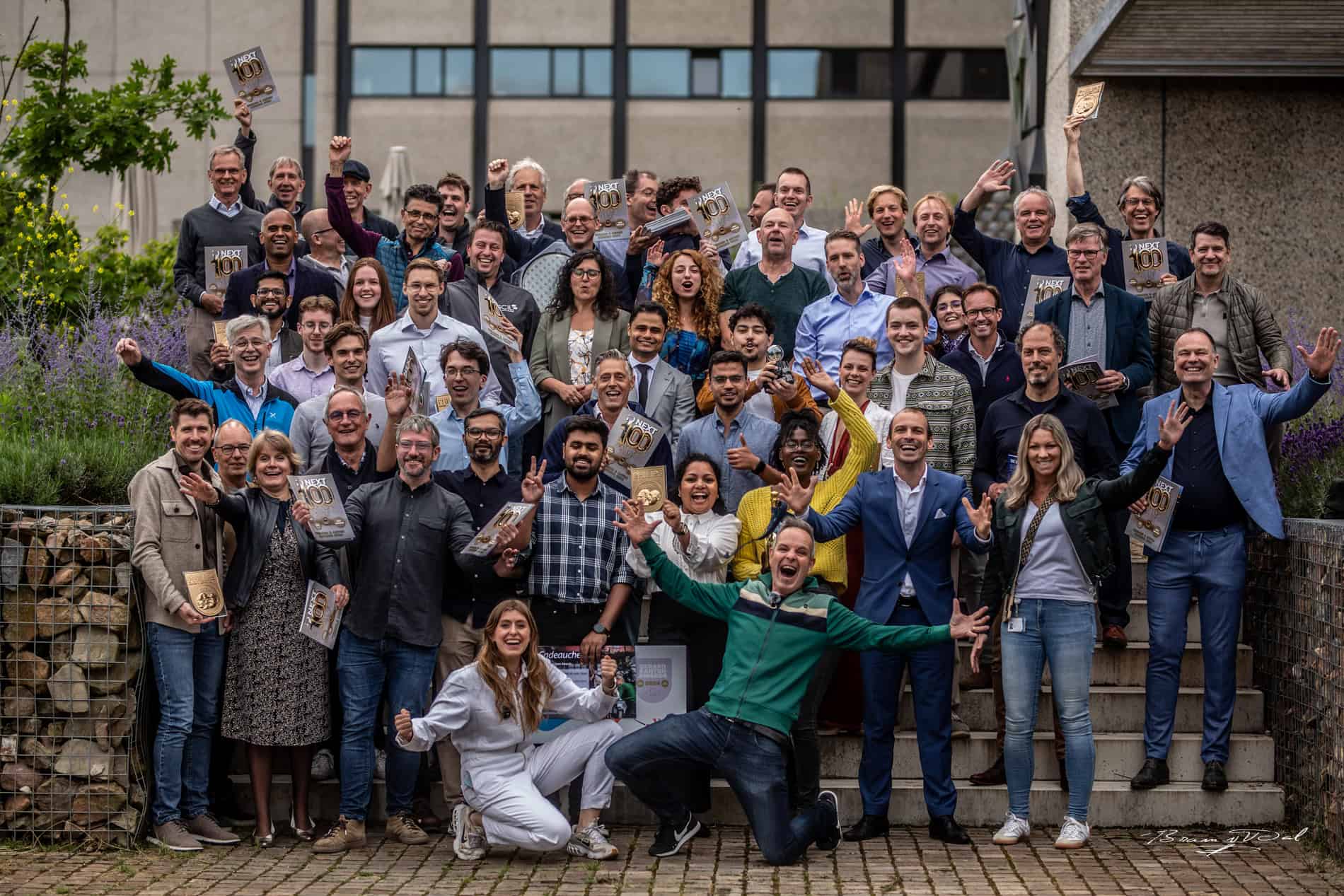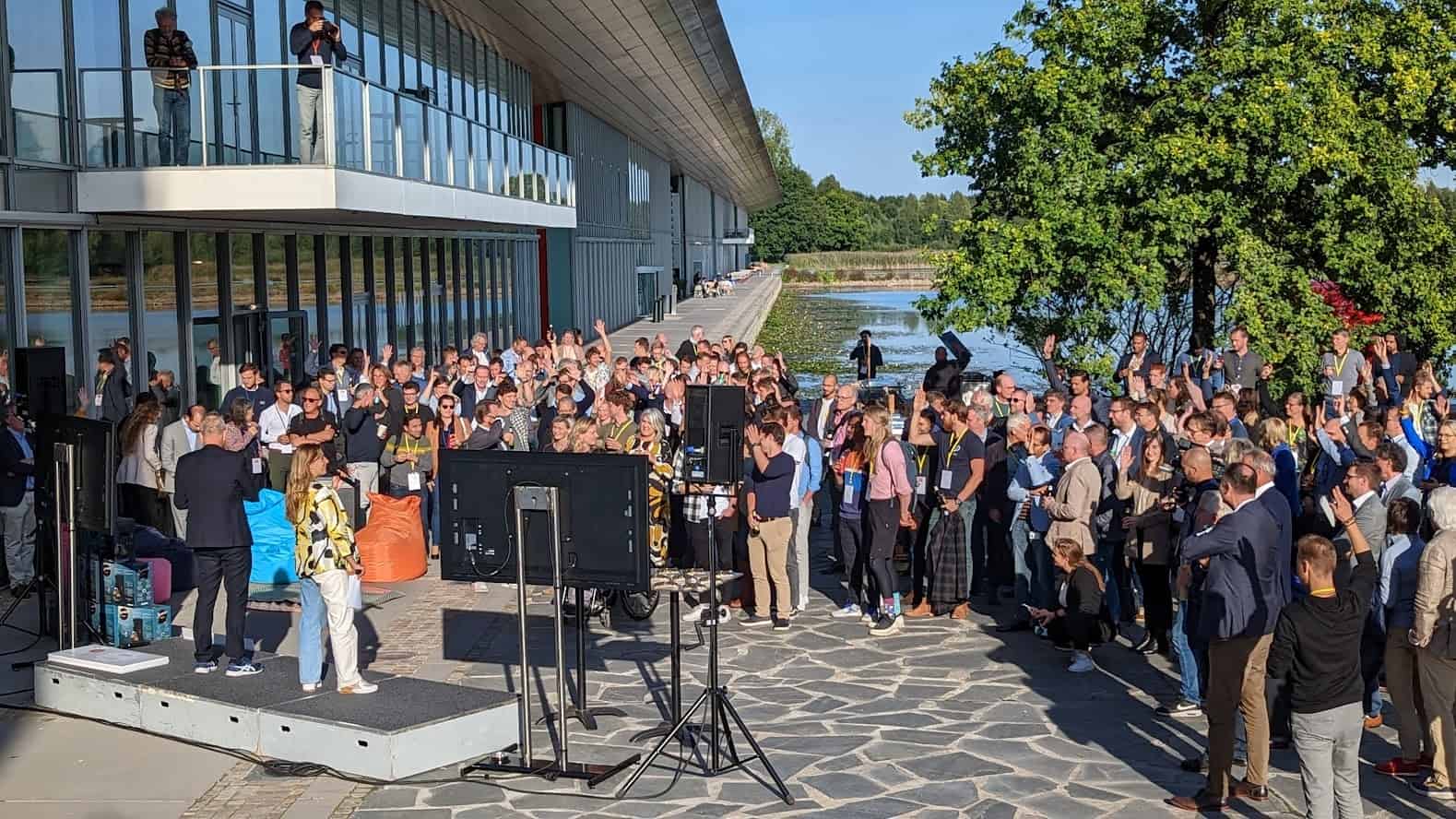
Fred Roozeboom proudly mentions previous winners of the Gordon Moore Medal for Outstanding Achievement in Solid State Science and Technology. Nobel laureate Isamu Akasaki, for example. And Morton Panish, the inventor of the solid-state laser that was needed for our CD players. And now, 70-year-old Prof. Dr. Roozeboom of Waalre himself is invited to the United States to receive the award. The Medal rewards individuals who distinguish themselves “by their outstanding contributions to solid-state science and technology.” It is a lifetime achievement award, and the Electrochemical Society, which presents the award, looks at the excellence in technology and the social impact of the winners’ work.
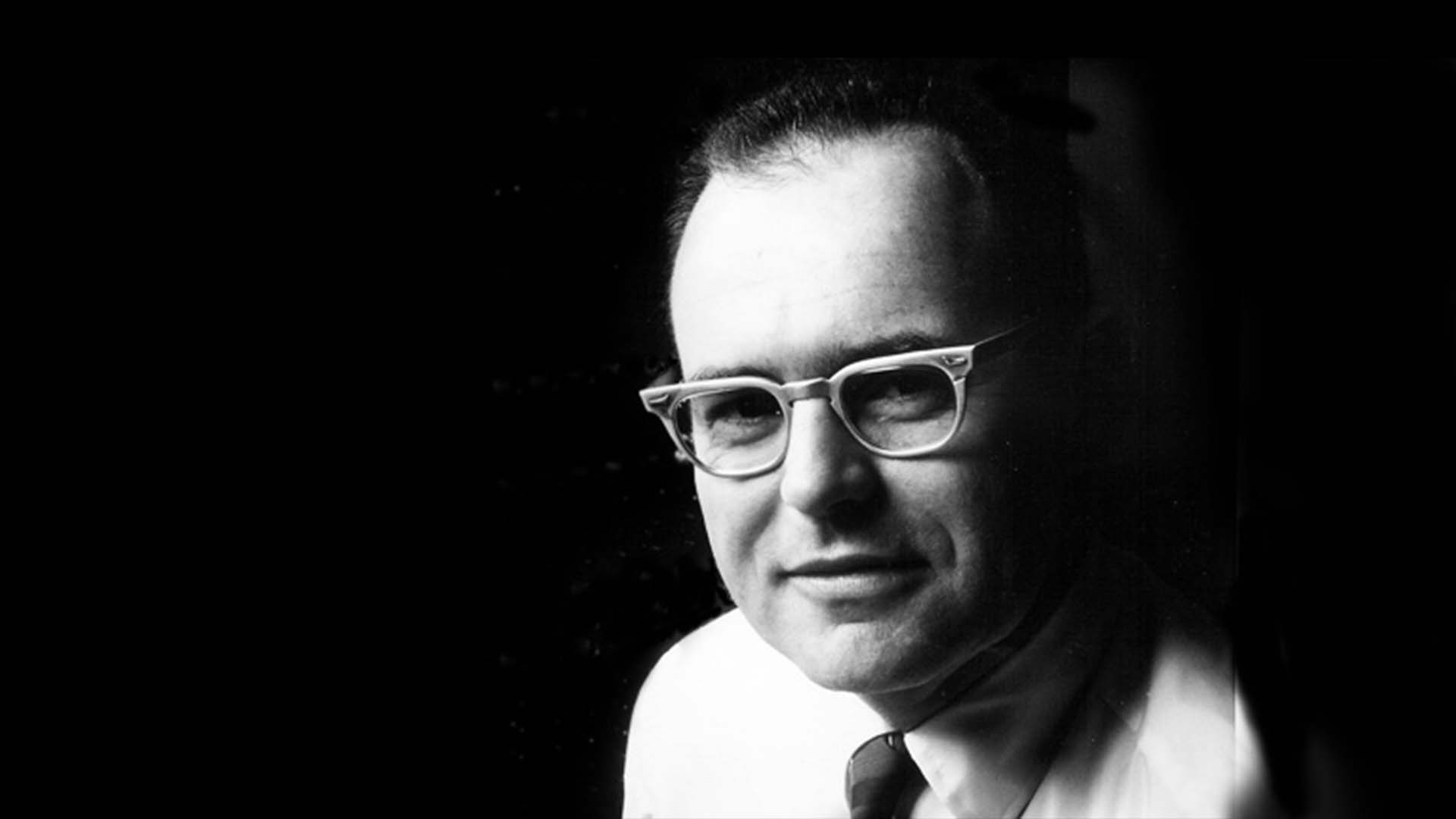
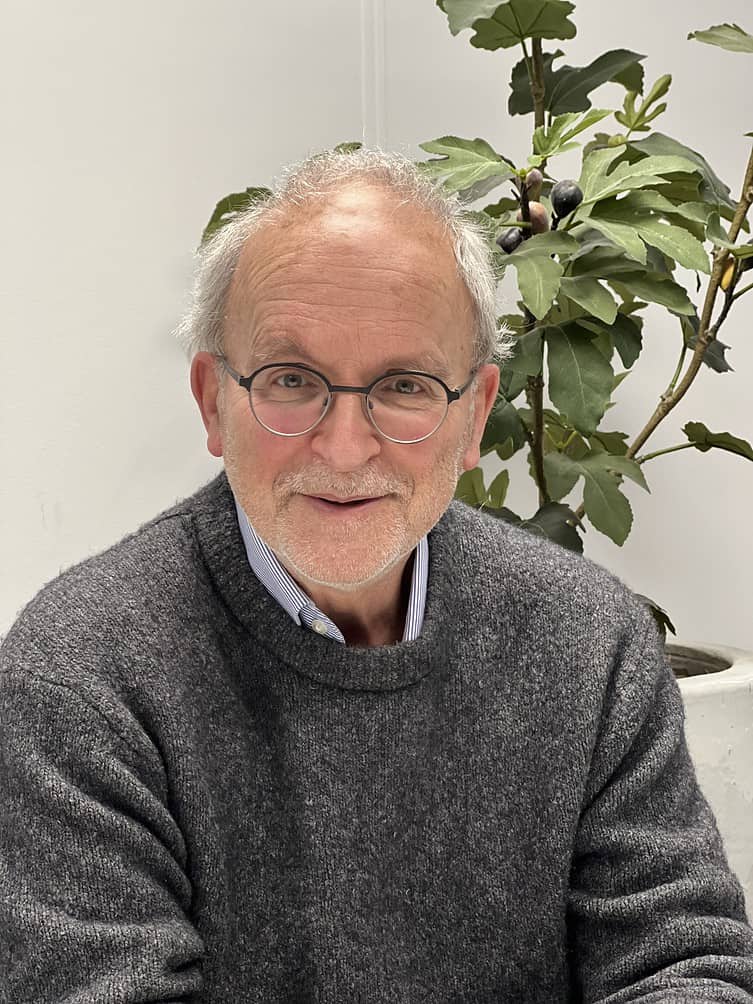
“That I get to be in that list of people now makes me incredibly proud, of course,” he admits. At the end of this month, Roozeboom gets to pick up the award at the society’s annual meeting. To what does he owe the great honor? The laureate, who, despite his retirement age, is still fully active as a professor, consultant, and researcher, searches for words. “Well, it’s a combination of things, of course. Partly technical and partly social. In a technical sense, it’s about the ever-shrinking and integration of chips, especially in wireless communications. Think of packages of chips, where we managed to make sure with super-small high-density capacitors that those parts remained stable, even when they are right next to and on top of each other within that package. Because that was also a consequence of the downsizing efforts: building it up went to the third dimension, with horizontal and vertical circuits of capacitors and vertical interconnections to the transistor chips.”
But while, of course, it’s all about the right technology, that still says nothing about its potential social impact. That is the other part of Roozeboom’s accomplishments. Long story short: thanks to his input and that of his R&D teams, Medtronic was eventually able to shrink pacemakers to the point where they could be inserted into patients through the groin, like a stent. At the heart, they can then secure themselves in the right place. “That’s a huge improvement over the old situation when we still had pacemakers the size of an old Dutch rijksdaalder, but double their thickness. They had to be inserted with major heart surgery, a treatment that had to be repeated every seven years or so. If you know that there are millions of people worldwide with a pacemaker, you understand the effect of such a development: in costs, in efficiency for the care, and especially for the patient, of course.”
Philips NatLab
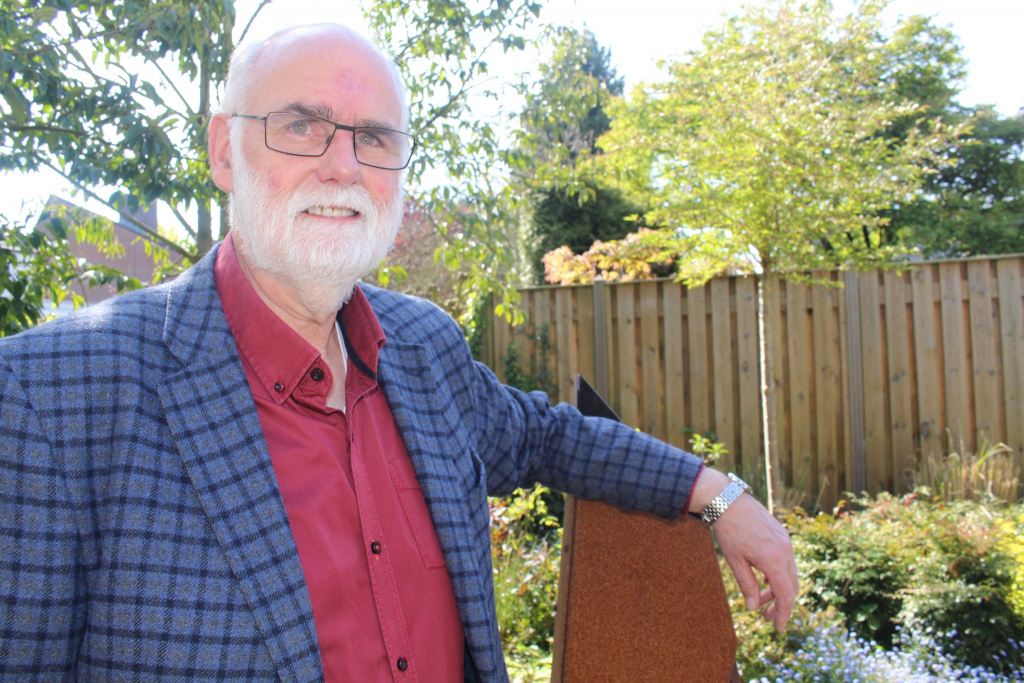
But fair is fair: that big goal only gradually came into view. When Roozeboom began his work on reducing the size of the capacitors, it seemed right to start using them for fluorescent tube igniters. “In itself, that made sense. We had already gotten the transformer flat; we could get everything tiny, but at what cost? Our compact capacitors gave us so much hassle that we realized that we would never reach the desired cost price. That was a disappointment initially, but then we also noticed the great advantage of working at Philips. In and around the NatLab, there were always different areas of expertise, different departments, and all kinds of markets coming together. And so it could happen that although we had to stop our work on the fluorescent tubes, we could continue with the semiconductors. That made it all that much more interesting.”
Even then, by the way, pacemakers were still far behind the horizon. “Our first customers were Samsung and Nokia, which was a lucrative business. In their cell phones, the high-frequency (RF) and low-frequency segments were so close together that they could influence each other. Thanks to our decoupling capacitors that could be prevented. But cell phones were far from the only application. You can do many different things with that technology – chip miniaturization has advanced a wide range of markets.”
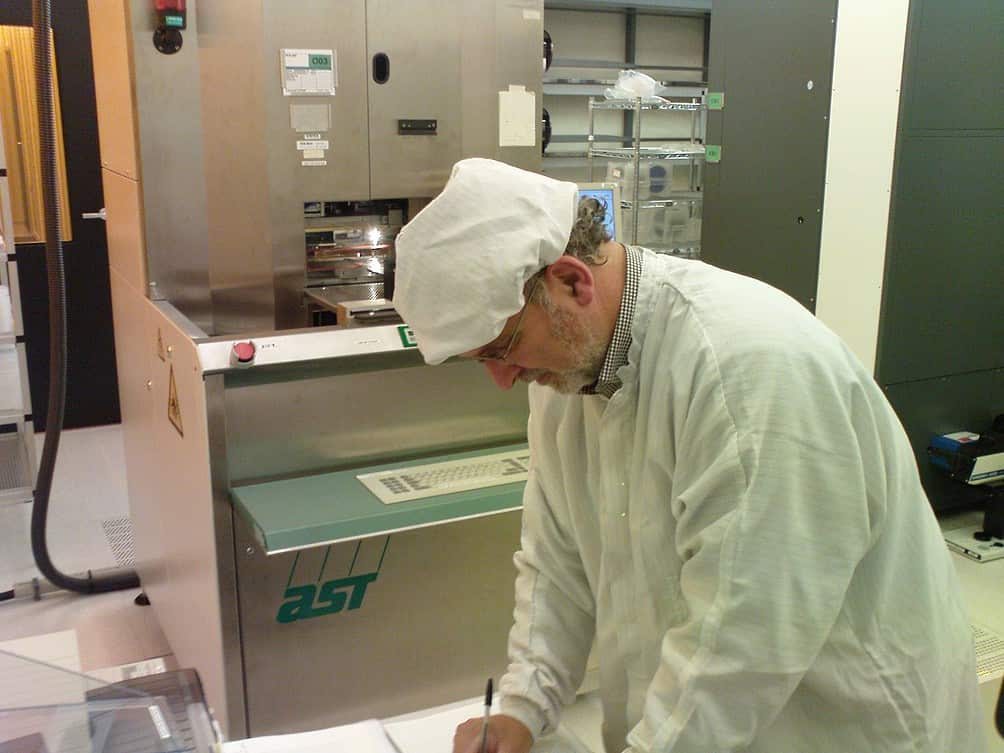
This brings us to another advantage of the NatLab and all the expertise that came together there: “The coffee machine was our main source of knowledge and inspiration. For years that was the way to connect all the markets and technologies. It was the place for spontaneity, enthusiasm, and new things. With a competitor, you can’t do it very quickly, of course. But with your own colleagues, you just do it. Because always two or three people know so much more than you alone. I remember well that there was always a flap chart next to the coffee machine. You scribbled your ideas on it. Someone else completed it or took it away. So those ideas could lead a life of their own. Underlying this was the realization that you can give each other something. All in all, exactly fitting within the Ten Commandments of Holst where it all started at NatLab.”
It leads Roozeboom to a logical sigh: “If only there were still such a thing as the NatLab. Of course, I understand that someone has to put a lot of money into it, realizing that it will only pay off in the very long term, but couldn’t we, with the help of some venture capital or government subsidies, reserve one building on the High Tech Campus for it? And then the Eindhoven Engine could also be given a nice place there right away because, in many ways, that does look like an ideal continuation of the pluralistic atmosphere of those days.”
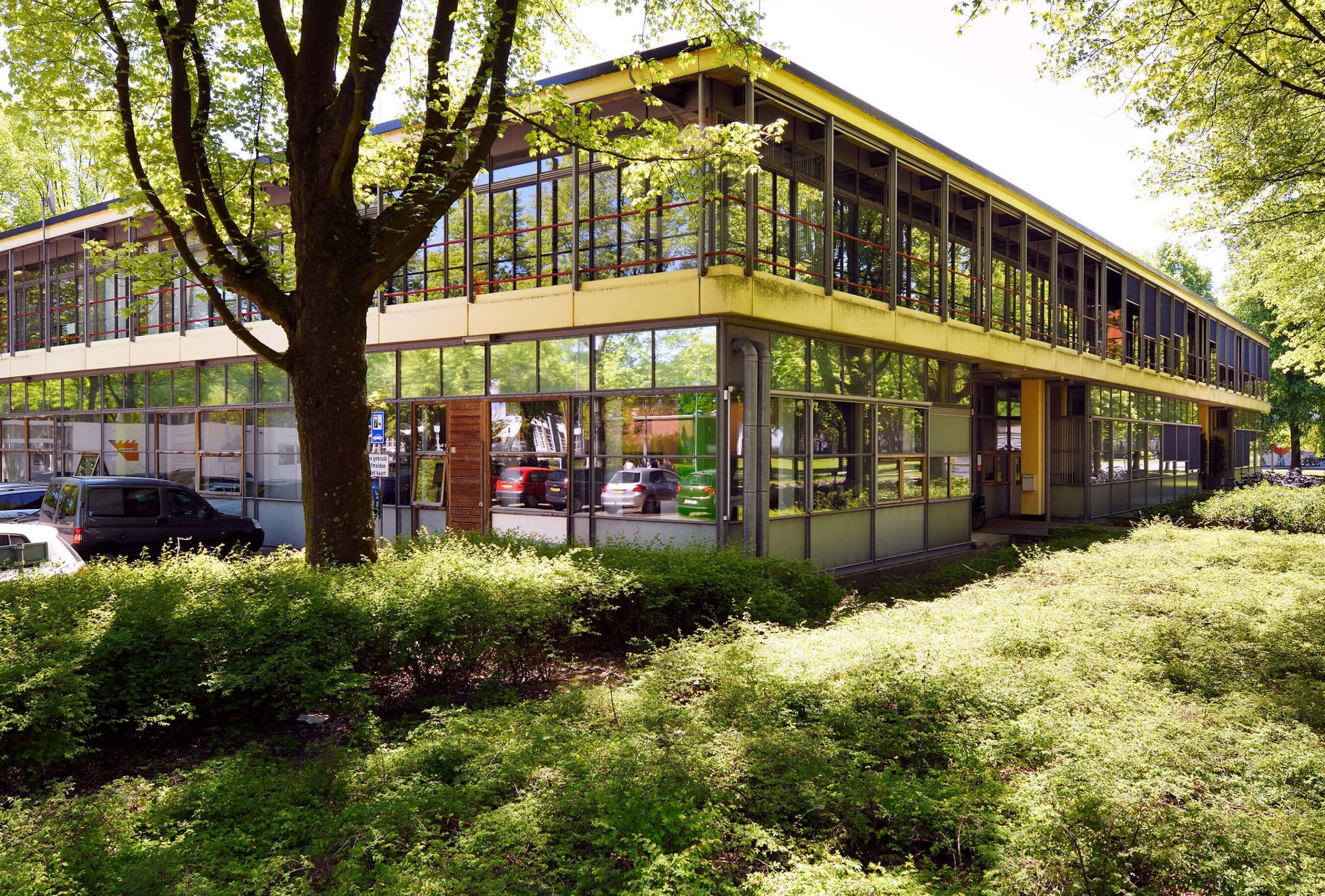
What such a NatLab 2.0 could bring, Roozeboom knows. “The unexpected things, what they also often call serendipity. Look, we could never have stepped from fluorescent tubes to semiconductors without NatLab. It may seem like a coincidence, but it was deliberately created. The management at the time was always keen to make chance encounters as easy as possible, also with a clever flow-through policy or meetings between departments, for example. Of course, you can never completely control chance and serendipity, but you can create the conditions in which such factors become more important.”
One aspect that is sometimes underestimated in this regard, says Roozeboom, is putting thinkers and doers together. “That is also the reason why a production facility in a distant low-wage country may sound interesting but can never be ideal for the quality of your existing as well as new products.”
Patents
Roozeboom feels like a true inventor, always looking for the next step in innovation. As a chemist, a materials scientist, an inquisitive researcher, a research fellow at Philips or NXP, an advisor at TNO, Zeiss, or young start-ups, “whatever role I take on, it is always searching for the ultimate possibilities within the available budgets. Preferably arranging atom by atom, as the legendary Richard Feynman put it back in 1959. ‘There is plenty of room at the bottom,’ he said. And by that, he meant: start digging in the third dimension, too. Whether we are really going to make it to the atomic level remains to be seen, but of course, that is the only hard limit to Moore’s Law; even as a chemist, I have to come to terms with that. But before we get to that point, you always run into other limits as well, especially those of the market. If it costs so much money that the market will not pay it back, then it stops there. Or at least temporarily, because something that was way too expensive thirty years ago could suddenly be perfect now. That’s another thing you often run into as an inventor: you are sometimes way too early with your discoveries because the market is not yet ready for them.”
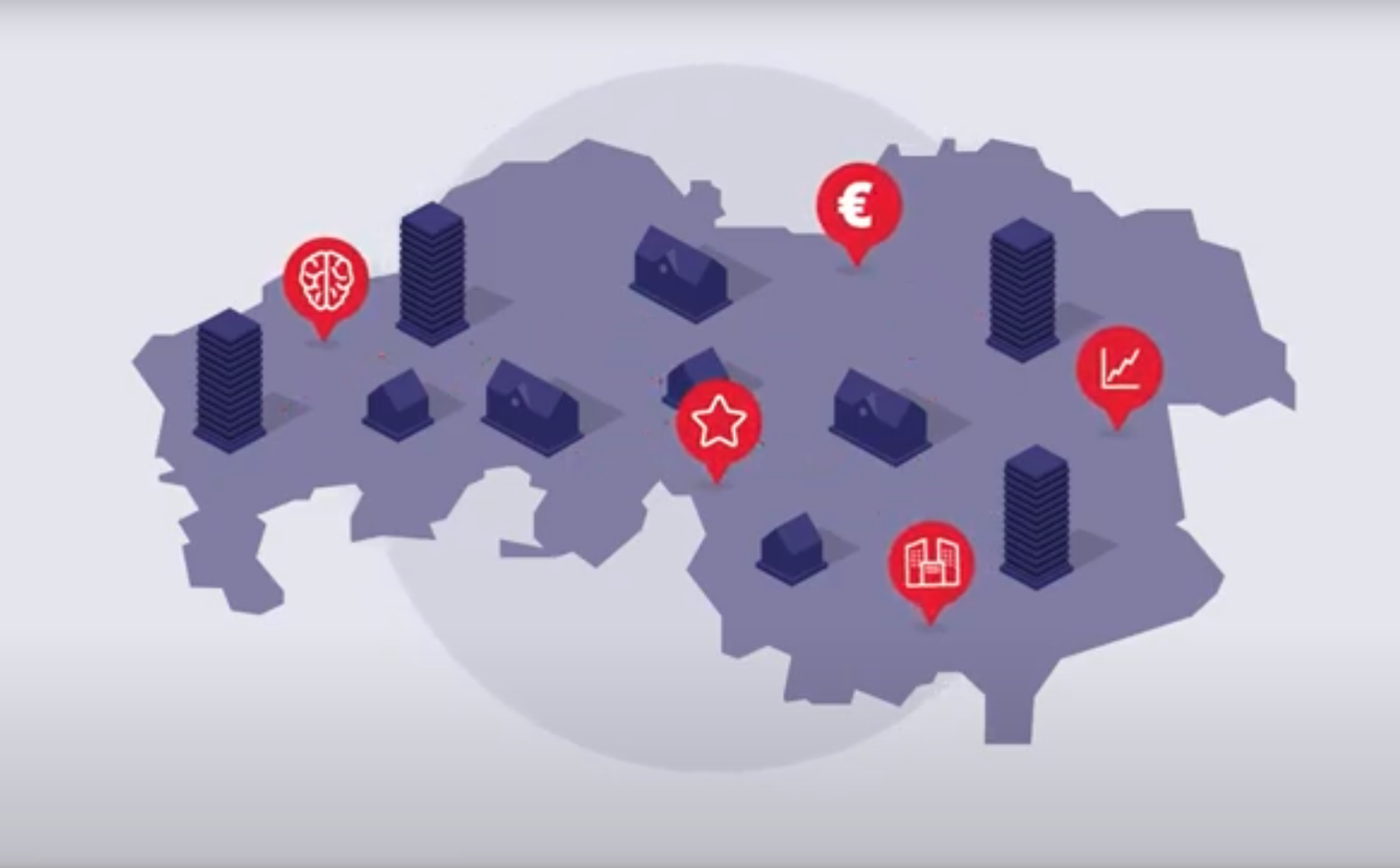
Roozeboom, with his approximately forty granted US patents, can speak for himself: patent processes are not only lengthy but also complicated and sensitive. “A whole process like that takes at least a year and a half, and the tricky thing is that you must stay quiet during that period. You can’t go to a conference with your invention; you can’t publish about it yet; you have to keep your mouth shut. Even within your own company, you have to be careful.” That it takes so long is not surprising: the patent examiner in Rijswijk, Munich, or wherever has to be 100% convinced that the invention has novelty and innovation and can beat all prior art. And even if you manage to get that process right, your patent may also be challenged: “Those can become very tedious and costly lawsuits.”
The timing of the application is also important. “If your solution is not yet fully developed and you go to patent issuers with your ideas anyway, you can shoot yourself in the foot. You can still add minor changes during the review process, but I’ve also noticed at some point that a five-year-old patent turned out to be incomplete. That you then think to yourself: if only I had thought of that back then!” Not all of Roozeboom’s patents come from the semiconductor industry, by the way. “For Zeiss, where I am a consultant, I came up with something to counteract the contamination of the current mirrors and reticules in the latest EUV machines.” His knowledge and experience also come in handy at Carbyon, the carbon capture startup on the High Tech Campus, where Roozeboom also works part-time.
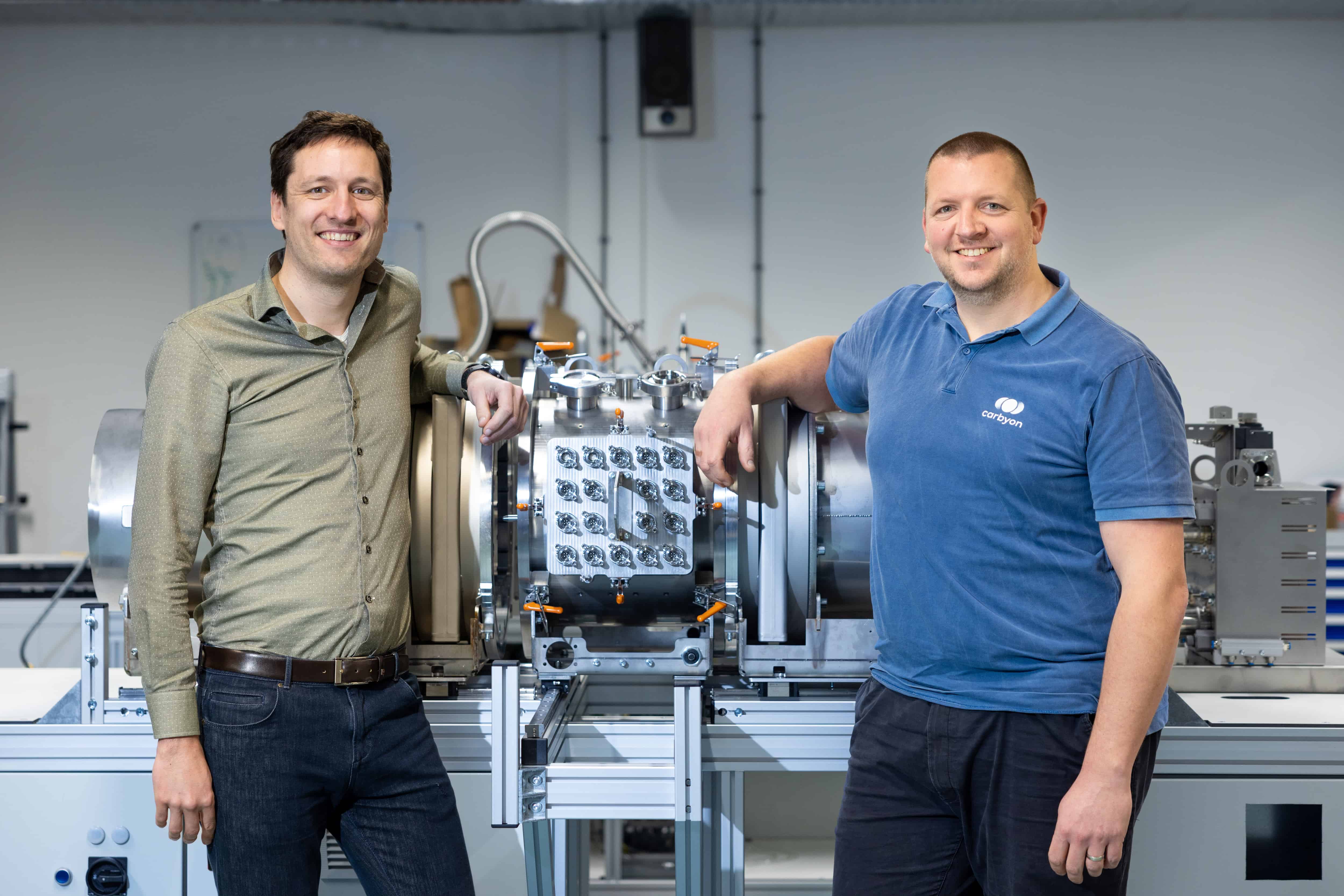
Luck
One more factor has not been mentioned but, according to Roozeboom, should definitely not be missing from this story. “That is luck. I have been fortunate over the years to have had knowledgeable and pleasant colleagues around me. That is also necessary because even when you have the optimum conditions, business developments and the right people must come together well, and you can’t always control that process completely by yourself.” And speaking of luck… “May I also mention Geesje, my wife? It is thanks to her that I have been dragged through difficult times. Because like everyone else, I have also had periods when things didn’t work out how I wanted them to or when I didn’t feel up to it. Geesje was then my most faithful sparring partner; if I lay awake at night with all my worries, she went downstairs with me to talk about it together. At the award ceremony, I definitely want to reflect on that too – hopefully, I won’t get too emotional.”




